The tech-heads and grocery professionals who attended the recent Forum for the Future ‘hackathon’ think they can…
Numerous industries have been radically transformed by ‘disruptive technology’ - a new app, piece of software or hardware that unexpectedly displaces an established technology. Open source, e-books, iTunes and Spotify, and cloud computing are just a few of the technologies that have challenged convention to become the new norm.
But to date there has been little technology innovation in the grocery industry that can be considered truly disruptive (unless you count online retailing, which genuine tech-heads merely see as a digital extension of bricks-and-mortar sales). That may all be about to change if the Forum for the Future - a non-profit organisation working globally with business and government to create a sustainable future - gets its way.
In September, the forum organised a 24-hour ‘food hackathon’ titled Wired for Food at Bristol University, during which it invited computer coders, hackers and designers to collaborate with food industry professionals and food enthusiasts to dream up ideas that would help to transform the way we produce and consume food in the UK.
James Taplin and Hugh Knowles, principal sustainability advisors at the Forum for the Future, devised the event partly out of frustration. Although the digital community had enjoyed huge success in solving issues affecting other industries, it had made few inroads in addressing the key challenges faced by the food industry. And part of the problem was that many experienced food industry professionals were not aware of the capabilities of the latest technology, so were not clued up on how it could help. “We did some diagnosis looking at what these key barriers for the food industry might be and we identified three key areas,” says Taplin. “One was about reconnecting people with where food comes from, one surrounds restoring resilience to supply chains, and one is about equity and making sure that everyone gets a fair deal. We’ve got these big problems out there and there is this pool of intelligent and engaged individuals in the tech community who have the skills to solve some of these problems and look for the next big thing.”
The event brought the tech community together with grocery professionals to look at ways to do just that. It attracted support from a diverse mix of people with an interest in food, ranging from former Apprentice star Nick Holzherr - co-founder of the recipe and grocery shopping smartphone app Whisk - through to representatives of sustainable food groups, chefs, permaculture practitioners and budding farmers.
“Geographic information is playing a significant role in innovations in food production and consumption”
Participants were split into groups and given a day to come up with simple technology prototypes, with the creators of the best ideas given a £500 prize to further develop it. The only tools they had to work with were laptops and data from groups including Ordnance Survey and environmental analysis website AMEE. At the end of the 24-hour brainstorming session, Taplin and Knowles were overwhelmed by the ingenuity of the prototypes - such as HatchTag and Food EQ (see above) - that were developed in such a short timeframe.
The HatchTag app, which was one of the prize winners, mixes cloud communication software from Twilio with data-driven mapping software CartoDB to help small-scale growers advertise their wares to consumers. The beauty of the app is its sheer simplicity - growers with produce for sale (for the prototype the creators focused on egg sellers) simply text their address to HatchTag’s phone number and this automatically registers their location on the app’s database and shows their location on a map so potential purchasers can easily navigate towards the vendor.
Simon Tukimine, who helped develop HatchTag, says the app addresses key issues facing local food producers. “Local producers often want to sell their excess produce. That these local producers advertise through roadside signage and other physical means is a clear indication of entrepreneurial spirit. However, many of these producers fail to make the leap into any of the existing mechanisms for online promotion. Because of this lack of digital information, potential purchasers must often rely on the serendipitous discovery of a producer, consuming time and energy in the process.”
HatchTag rectifies this problem by building a “high-quality digitally discoverable repository of local food producers,” says Tukimine. And the beauty of the simplistic approach is that it can be quickly and easily expanded to include other items. “To keep things simple, we focused on a single food type - eggs - and business sector - B2C - but HatchTag could offer lessons for any product and sector.”
Another prototype that employs mapping technology to help small scale operators compete is Mapping Local Food. By mashing up data from local food website directory Sustaination with information from organisations like the Bristol Pound, the group created a user-friendly map that shows where local food businesses are located in the Bristol area.
The use of mapping data is one area where the forum believes disruptive changes could really be driven - a view supported by Chris Parker of Geovation, Ordnance Survey’s innovation network, which provided financial and data support to the hackathon. “We are now seeing geographic information play a significant role in innovations in food production and consumption, not just in the UK but around the world,” says Parker. “This includes everything from apps that map where sustainable food is located to apps that can help you plot walking routes depending on where food sources are.”
This idea of reconnecting people with their food and with local producers also presents opportunities, with Knowles singling out Tetley Tea and its Tetley’s Farmers First Hand Facebook campaign, which connects shoppers with Tetley tea pickers, for special attention. “The interesting thing about this campaign is that Tetley doesn’t really realise what’s going to happen, because if you build stronger links between consumers and producers, you remove intermediaries from the supply chain,” says Knowles. “We are interested in where technology can be disruptive, and the Tetley campaign could be a disruptive business model.”
As could some of the prize-winning ideas that came out of the hackathon. Taplin hopes the groups behind the winning prototypes will use the prize money to polish their ideas, which the forum and the Ordnance Survey will then help to promote. Another food hackathon is already planned to take place in New York this month, with the forum fielding interest in the idea from as far afield as Mexico and New Zealand. The forum’s ultimate aim is to take participants from one event to a hackathon elsewhere in the world to link interested parties together and get them sharing ideas to create disruptive solutions to shared issues.
However, it’s early days for the food hackathon concept and Knowles admits that even if the forum runs hacking events around the world it’s likely that only a couple of ideas will emerge that have the potential to be really disruptive. But then, one or two big ideas might be all the industry needs, says Knowles.
“We’re fairly early on with the digital revolution and it’s already disrupted a number of business models. It’s fascinating to think where it can deliver really good tangible solutions to some of the problems the food industry faces and also be quite disruptive in the impact it can have on business. Where else is it going to create real change?”
Disruptive food apps
HatchTag: This simple app, which won a £500 prize at the hackathon, helps consumers find small scale producers.
Food EQ: There’s growing evidence that suggests what you eat has a major impact on your emotional health and happiness. Food EQ helps you track what you eat and spend, and how you feel as a result.
TCHO - the disruptive confectioner
The food and drink industry may be bereft of disruptive operators in the UK, but one company bucking the trend in the US is San Francisco-based chocolate maker TCHO (pronounced “cho”).
The company, which was founded in 2005 by Timothy Childs and Karl Bittong, is using technology to reinvent the way cacao is sourced and chocolate developed. Through its ‘TCHOSource’ programme, it provides its cacao farmers with the technology and open-source know-how to produce the best cacao beans possible and earn a better living.
TCHO helps its cacao suppliers improve the genetics of their plants as well as the cacao fermentation and drying processes.
The company has also installed ‘Flavor Labs’ to help suppliers identify and control the flavour of their beans and provide sensory training so “we can speak a common language about the results of their efforts”.
This entire process is linked together in a cloud-based database - called ‘Cropster’ - where information is shared in real time.
And the innovation doesn’t end there. TCHO develops its chocolate blends through a system it’s christened ‘Beta’.
When it has developed a new flavour, TCHO invites fans of its chocolate bars to taste its efforts and give feedback online. This feedback is fed into new versions of the chocolate bars, which are once again tested by consumers for further feedback. Only when consumers and TCHO are happy with the new flavour does it go on sale to the general public.
The company has also launched an iPhone app that allows users to remotely control its Flavor Labs, so that R&D and production can take place 24 hours a day.



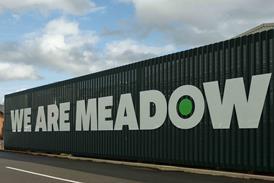





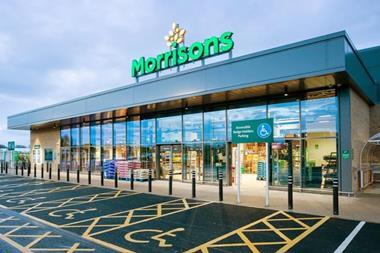

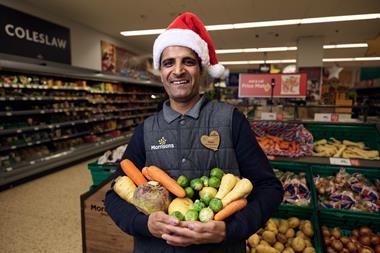

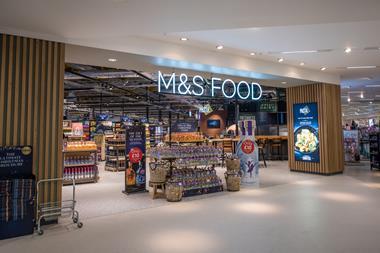



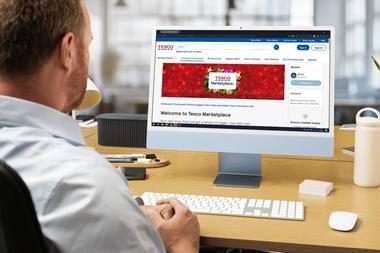

No comments yet